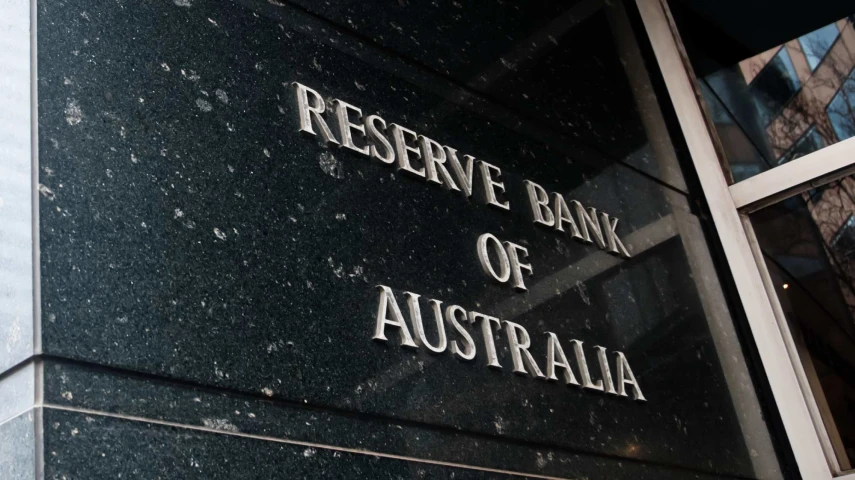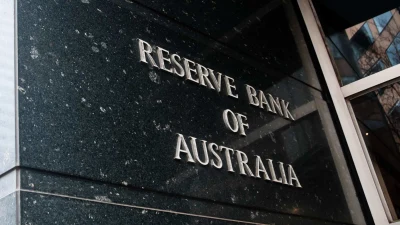Bullock appointment signals ‘structure and continuity’ at RBA



Although on the fence about the replacement of Philip Lowe as governor, economists have welcomed his successor, deputy governor Michele Bullock, as a sign of stability and continuity at the Reserve Bank of Australia (RBA).
Announced in a press conference on Friday (14 July) by Prime Minister Anthony Albanese and Treasurer Jim Chalmers, Bullock has been named the next RBA governor and will take up the role upon completion of Lowe’s term on 17 September.
She will be the first female governor of the RBA in its 63-year history and has been with the RBA since 1985.
According to AMP deputy chief economist, Diana Mousina, the appointment of Bullock was a “pleasant surprise” and will provide a “sense of structure” at the RBA.
“There’s definitely reasons to have still kept Philip Lowe on to finish the job of [addressing] the current inflation cycle, but Bullock’s a great appointment and it’s good that the government decided to pursue someone from inside the RBA rather than get an outsider because it does provide a sense of structure,” Mousina told Money Management.
“She knows what the board meetings are like, she’s worked at the RBA, she understands the processes of forecasting, and everything that’s developed with that, so I think it’s important to preserve the importance of the RBA as the institution that sets monetary policy and to value that.”
Other possible candidates in the frame have included Finance Department secretary Jenny Wilkinson and Treasury secretary Steven Kennedy.
Former deputy governor, Guy Debelle, has previously been expected to be the natural successor to Lowe, but he left the RBA to take up a chief financial officer role at Fortescue Metals Group that he then left in November 2022 for health reasons after suffering a bicycle accident.
The Barclays Economics Research team agree that, given Bullock has been deputy governor amid the current tightening cycle, policy continuity is expected.
“In her most recent speech titled ‘Achieving Full Employment’, Bullock repeated what Governor Lowe has been stating for some time that getting inflation to target ‘in a reasonable time frame – while preserving as many of the employment gains’ as possible would be a better outcome,” the team stated.
HSBC’s chief economist, Paul Bloxham, and economist Jamie Culling also said Bullock’s appointment provides some sense of continuity in the near term.
“In particular, it is expected to mean strong continuity in the current approach to dealing with the inflation challenge,” they stated.
In announcing Bullock’s appointment, Treasurer Chalmers said Bullock has made it “very clear” that part of her role is to implement, in the best possible way, the recommendations of the Reserve Bank review.
The 294-page review, titled ‘An RBA fit for the future’, made 51 recommendations for the bank in April 2023. The Albanese government has “agreed in-principle” with all recommendations.
Among its recommendations, the review advocated the establishment of two separate boards, with one focusing solely on monetary policy and the other targeting governance.
This would see a greater capacity in the boards to challenge the governor, thus reducing the concentration of power relating to central bank decisions.
The dedicated Monetary Policy Board would specialise on settling the cash rate and would retain the flexible inflation target of 2–3 per cent. It would consist of the governor, deputy governor, Treasury secretary, and six external members, with the governor as chair.
Meanwhile, the Governance Board would consist of the governor, chief operating officer, and five external members would sit on the board, with an external member as chair.
AMP’s Mousina observed: “I do worry that the RBA review tries to diminish the power of the Reserve Bank by having more power to outside appointments than internal appointments. When they appoint the board directors, there needs to be very clear criteria for the people they’re looking for because it makes sense to appoint someone with a strong background in economics, who understands monetary policy.”
She disagrees that an equal vote to all board members will necessarily lead to better monetary policy decisions.
“The risk is the power of the RBA is diluted by having the structure where each individual person votes on monetary policy whereas at the moment, the power really resides with the governor and the RBA makes a recommendation which the board can agree or not agree on,” she told Money Management.
“The issue with [everyone voting] is that in that environment, you need to have a very strong head who can guide the strategy of the RBA. In difficult cycles like we’re in at the moment, where there’s a range of views and we’re not sure who is right yet, the voter model where each individual person votes might not be as effective. That’s a potential risk.”
Other recommendations of the RBA review are that the Monetary Policy Board should decrease its meetings from 11 to eight times a year to enable more in-depth discussions.
It suggested the government and RBA’s new Monetary Policy Board instigate a formal review of the monetary policy framework every five years. Previously, this was conducted on a periodic basis as required.
Recommended for you
GQG Partners has marked its fifth consecutive month of outflows as its AI concerns lead to fund underperformance but overall funds under management increased to US$166.1 billion.
Apostle Funds Management is actively pursuing further partnerships in Asia and Europe but finding a suitable manager is a “needle in a haystack”.
Nuveen has made its private real estate strategy available to Australian wholesale investors, democratising access to a typically institutional asset class.
VanEck is expanding its fixed income range with a new ETF this week to complement its existing subordinated debt strategy which has received $1 billion in inflows this year.











